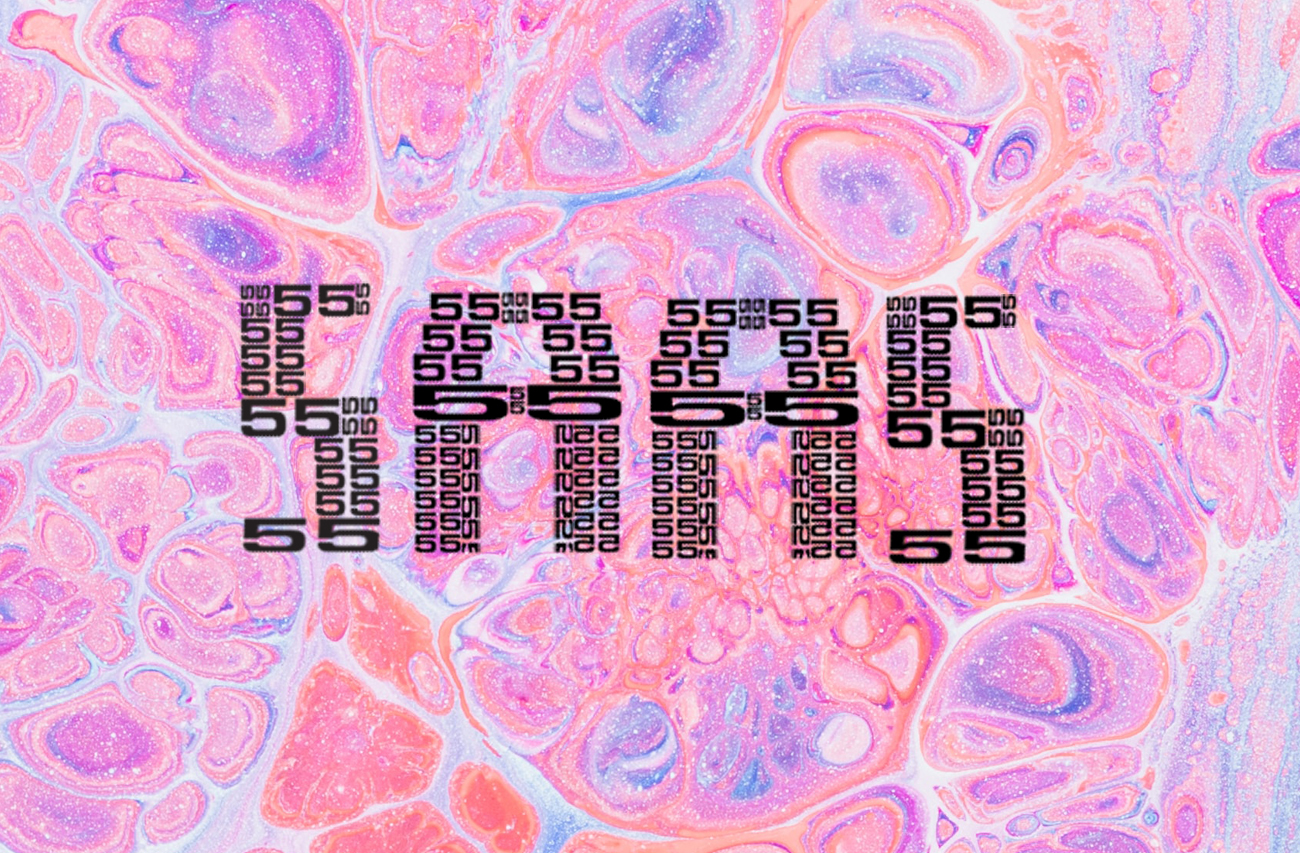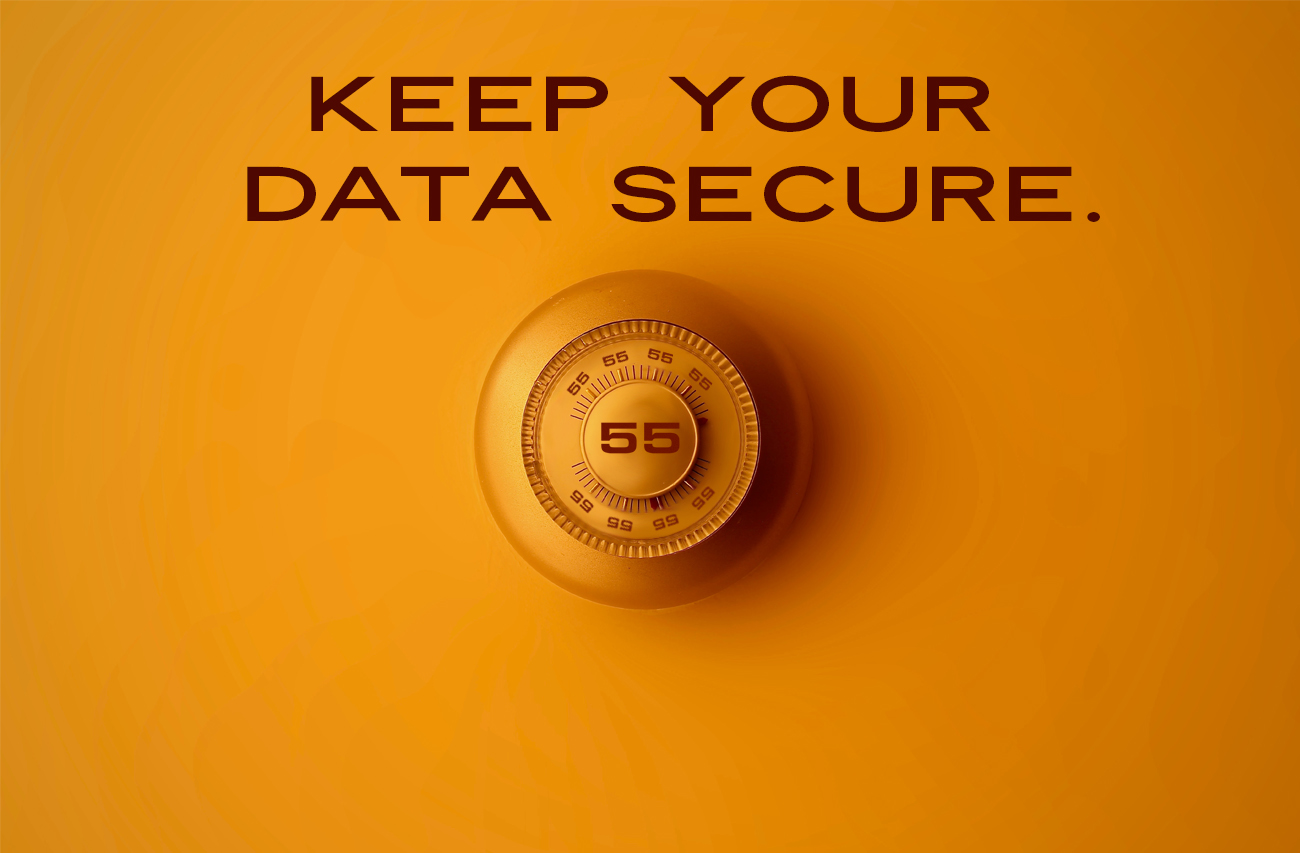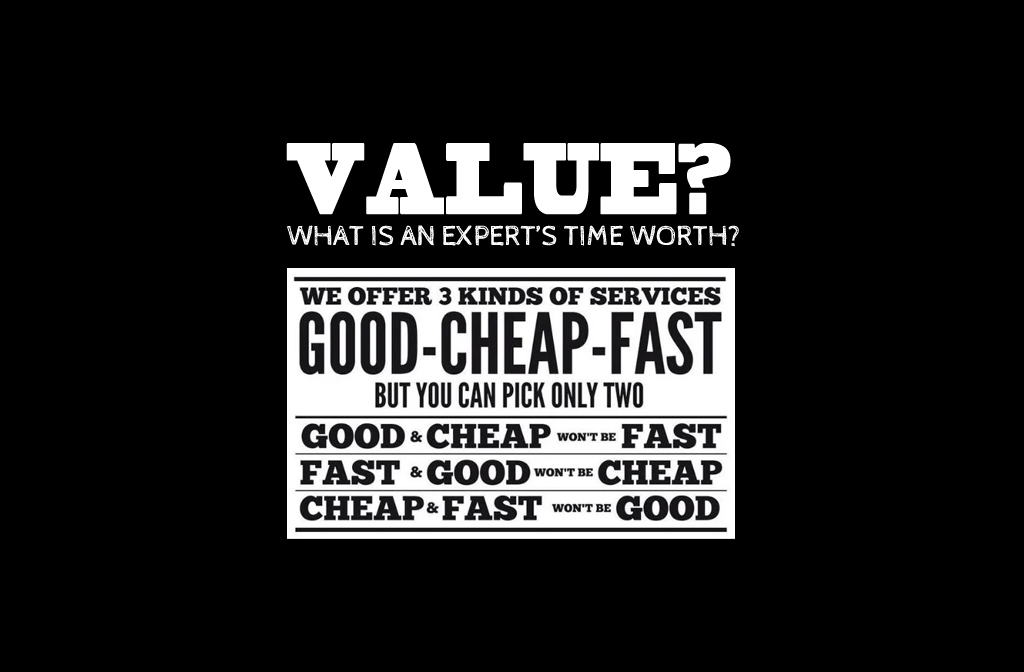
The tech industry is chalked full of acronyms whose definitions aren’t as clear as LOL or IDK. If you’re not familiar with some of these acronyms, it can sometimes feel like you’re being spoken to in a foreign language. And, if that’s you, don’t stress! We don’t expect you to know tech jargon. In this article, we will be going over the term SAAS, in addition to a few other key words and phrases. Follow along below to learn more about SAAS.
WTF is SAAS?
In order to understand what SAAS is, you must first know what cloud computing is. Basically, cloud computing is the delivery of computing services over the Internet. These services include software, analytics, data storage, networking, servers, etc. And, all of these services are fully managed by the provider. This way, the user doesn’t need to worry about any of the fine details.
Cloud computing has three major categories. These include:
- SAAS → Software As A Service
- PAAS → Platform As A Service
- IAAS → Infrastructure As A Service
In this article, we will be focusing on Software As A Service (SAAS). SAAS is one of the most popular forms of cloud computing. It has been a prominent way to deliver software since the early 2000s when the concept was first introduced! The term SAAS means that some kind of software is delivered and managed by a third-party provider over the Internet as a service. Most SAAS products are offered to businesses. However, there are some that appeal to those outside of the business realm—for instance, Dropbox.
SAAS is a more efficient way for businesses to use software without the hassle of managing it themselves. Instead, the SAAS method allows people to use software and have it installed, operated and maintained by the provider. This way, users can invest in the software on a monthly basis or subscription.
So, SAAS is characterized by four key features:
- Users are not responsible for hardware or software updates
- The service can be accessed via the Internet
- It is hosted on a remote server
- It is managed from a central location

The Advantages of SAAS.
Time
SAAS is a great way to invest in software without making the time commitment to configure, install, and educate users. Compared to traditional methods of utilizing software, SAAS allows users to get things up and running within hours instead of weeks or even months. This also allows developers to patch the software as needed so that users can always have the most up-to-date version of the software.
Money
SAAS is often paid for on a subscription basis. This eliminates plenty of costs that traditional methods can’t avoid. For instance, no extra hardware or middleware, smaller installation and implementation costs, less maintenance over time, fewer unpredictable costs, etc. SAAS reduces the overall investment cost by thousands of dollars.
Simplicity
Most SAAS options are easy to use because they are overseen by a third-party provider who takes care of the nitty gritty. Well-made SAAS applications will generally offer tutorials or guides to help ease the learning curve. Furthermore, SAAS makes for easy accessibility for all employees – even those who might be working remotely. As long as you have access to the Internet you are able to run SAAS technology 24/7. So, if you’re looking for that 24-hour work day, SAAS can help you achieve it!
Who Should Use SAAS?
There are several instances where SAAS can help improve a person’s workflow. For example, startups or smaller companies who are looking to hit the ground running. SAAS is great for small businesses that can’t afford to deal with server issues and broken software. Those with short-term projects on the go can also benefit from SAAS. There are many SAAS applications that promote collaboration at a low cost. Furthermore, SAAS is great for businesses who need software that can be accessed from both mobile and desktop platforms. Lastly, SAAS is perfect for companies that require applications that aren’t needed on a regular basis.

Is my Data Safe & Who Owns my Data?
Users can easily become skeptical about having their data stored in the cloud. Especially given the volume of news coverage surrounding data leaks and privacy breaches. However, this usually comes from a place of misunderstanding. If you don’t know how cloud security works and how your information is stored, it can certainly seem like a risk. Although, most SAAS providers use very secure public cloud services to keep their data. The majority of data leaks come about through user error and/or in-house issues like employee oversight. An article from Gartner states that 99% of cloud security failures will be the customer’s fault through 2025. In order to keep your data safe, it is more important to understand how to use the cloud securely than to understand the cloud itself.
Cloud Security Tips:
In order to use the cloud in a secure way consider the following items:
- Is your password secure (combinations of letters, numbers, and special characters)?
- Have you taken a look at your privacy settings?
- Do you have two-factor authentication enabled if it is an option?
- Will anyone be able to guess your password?
- Does your cloud service encrypt your information?
- Have you shared personal information online or in person that could be used to breach your privacy (your birthday, mother’s maiden name, name of your first pet, etc)?
The bulk of SAAS agreements allows you to have ownership over your data. There are even agreements in place to ensure that you can still gain access to your data if the company stops providing the service you are paying for. Most providers will also allow you to back up your data however you choose, on your own time. It is not advisable to sign an agreement that doesn’t give you full control over your data. Be sure to look over your service level agreement in close detail before signing off.
An Overview of SAAS.
Software As A Service is advantageous to all sorts of businesses and individuals. There are all sorts of software options available to help increase your productivity and generate more leads. If you are interested in learning more about SAAS, contact us today! We’d be happy to help you gain a better understanding of how SAAS can help you out.



